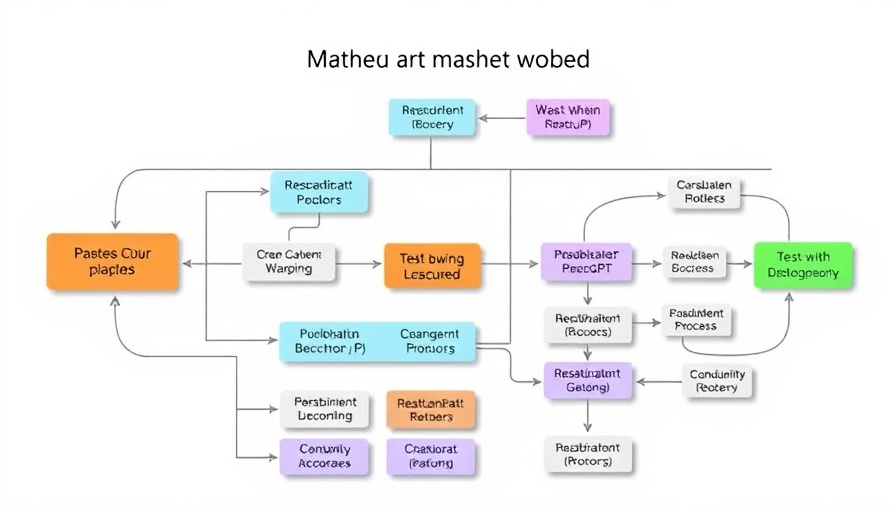
Understanding AI's Role in Plagiarism Detection
As AI technologies advance, the debate surrounding their reliability in detecting plagiarism, especially in scientific writing, has gained significant attention. With the growing prevalence of online resources and the ease of accessing research papers, plagiarism has become a pressing issue that threatens the integrity of academic work. Researchers and educators are increasingly turning to AI tools not just for convenience but also for their promise of heightened accuracy.
The Mechanics of AI Detection Tools
AI tools analyze vast amounts of text, identifying similarities across a multitude of sources. They employ machine learning algorithms that can detect even subtle rephrasing. These tools use natural language processing to deepen their understanding of context, which is crucial for distinguishing between plagiarized content and properly attributed quotes. However, it's essential to remain cautious; the effectiveness of these tools can vary greatly based on their underlying technology and the datasets they were trained on.
Limitations and Ethical Considerations
Despite their potential, AI detection tools aren't foolproof. Some rely heavily on databases of previously written content, which may not encompass all relevant information. Novel or sophisticated forms of plagiarism, such as those involving paraphrasing or translating texts from foreign languages, can easily slip through the cracks. Moreover, ethical concerns arise regarding data privacy and the potential misuse of such technologies for academic dishonesty.
Real-Life Applications and Outcomes
Institutions have begun implementing AI plagiarism detection tools in various capacities. For instance, a recent pilot program at several universities showed promising results in educating students about ethical writing habits. These tools act not only as detectors but also as educational resources, helping students grasp the significance of originality and proper citation practices.
Future Predictions: The Evolution of AI in Academia
Looking ahead, it's reasonable to speculate that the integration of AI in education will only deepen. As these tools evolve, we may see an increase in hybrid models that combine AI detection with human oversight. This approach could enhance the accuracy of plagiarism detection while cultivating a more comprehensive understanding of academic integrity among students and educators.
Actionable Insights: Leveraging AI Responsibly
For students and academics alike, understanding the limitations of AI tools is crucial. Embracing these technologies can enhance your writing by ensuring originality, but they should never replace the fundamental principles of academic integrity. Moreover, utilizing platforms like Prompt2Human can aid in navigating the AI landscape more effectively, facilitating a productive and respectful discourse in the world of academia.
 Add Row
Add Row  Add
Add 




 Add Row
Add Row  Add
Add 

Write A Comment